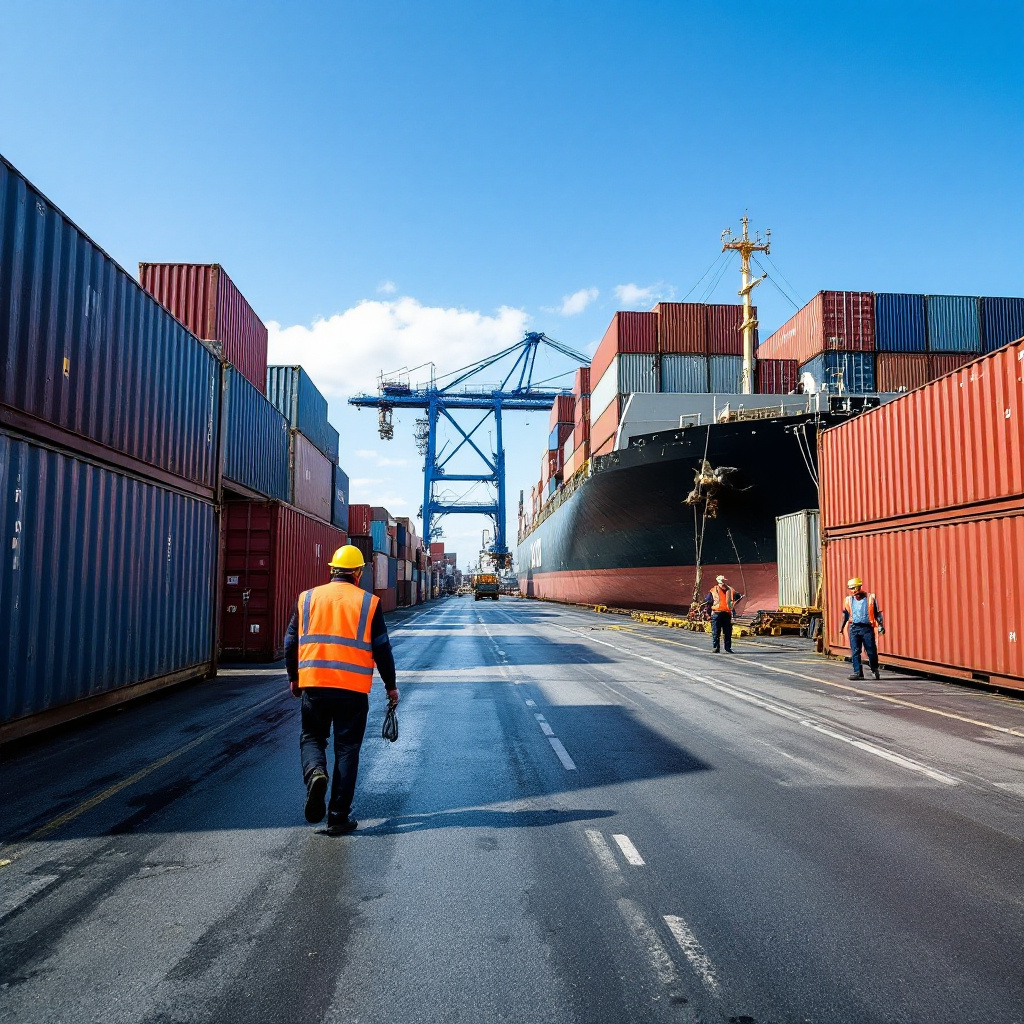Nestled on the west coast of Sweden, Gothenburg plays a crucial role in maritime logistics. As the country’s largest port and one of the busiest in Northern Europe, it facilitates both domestic and international freight transportation. With a strong focus on sustainability and a well-developed infrastructure, Gothenburg stands as a model for modern transport practices.
The Role of Maritime Freight
Gothenburg Port is a marvel of engineering. It handles millions of tons of cargo each year, acting as a gateway for goods entering and leaving Sweden. From containerized cargo bound for Europe to bulk materials from Asia, the port manages it all efficiently.
The port invests in eco-friendly solutions to limit its environmental impact. For example, shore power for docked vessels helps reduce emissions. Additionally, automated container handling systems streamline operations, keeping the port competitive.
Connecting Road and Rail
However, it’s not just about maritime freight. Gothenburg has a robust network of roads and railways that connect seamlessly to the port. The road infrastructure is impressive, with direct access to the E6 and E20 European routes. This allows quick transportation of goods in and out of the port.
Rail freight is also gaining traction. The integration of rail services with the port enables efficient transport of goods over long distances. This method supports sustainability efforts by minimizing congestion on the roads and lowering carbon emissions.
Challenges on the Horizon
Like any bustling hub, Gothenburg faces challenges. Congestion can be a headache, especially during peak traffic times when freight and passenger vehicles share the roads. With growth comes the need for smart investments to alleviate bottlenecks.
Additionally, logistics companies must comply with various regulations, especially regarding environmental policies. Staying ahead of compliance requires constant adaptation and investment.
Embracing Digital Innovation
Gothenburg is not one to rest on its laurels. The logistics sector is embracing digital advancements. Technologies like AI-driven management systems and blockchain tracking are transforming operations. These innovations enhance efficiency and improve visibility, enabling companies to respond quickly to market demands.
Conclusion
In summary, Gothenburg is more than just a port city. It is a vital center of freight transportation in Sweden. With its maritime legacy, well-connected infrastructure, and commitment to sustainability, it’s poised to remain a logistics leader for years to come.
As we look ahead, Gothenburg will continue to adapt and innovate, ensuring it meets current challenges and leads the way toward a greener, more efficient freight transport system.


